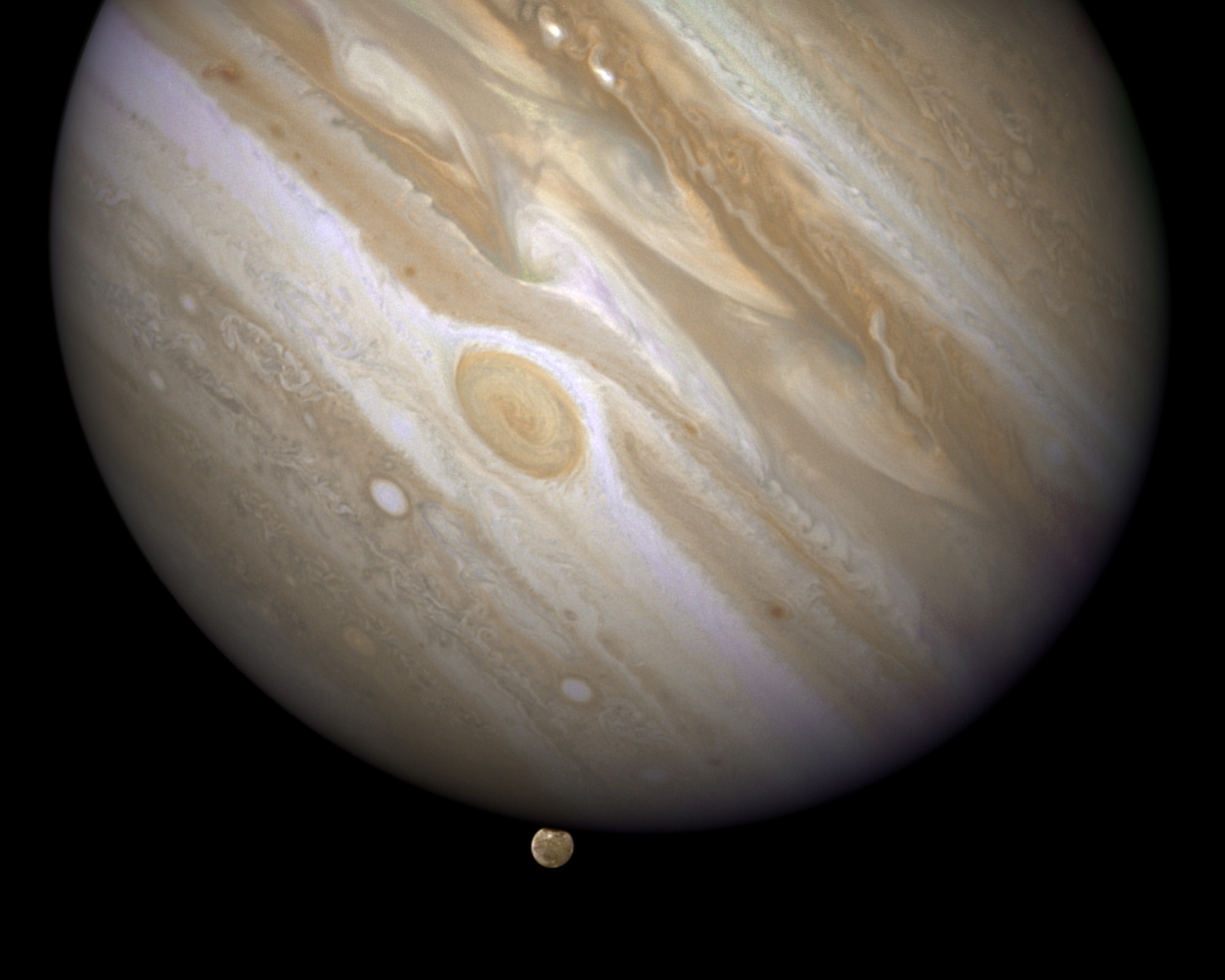Scientists using the Hubble Space Telescope have confirmed that the Jupiter-orbiting moon Ganymede has an ocean beneath its icy surface, raising the prospects for life, NASA said on Thursday.
The finding resolves a mystery about the largest moon in the solar system after NASA's now-defunct Galileo spacecraft provided hints that Ganymede has a subsurface ocean during exploration of Jupiter and its moons from 1995 to 2003.
Scientists told reporters on a conference call that it took some detective work to confirm the discovery.



















With your current subscription plan you can comment on stories. However, before writing your first comment, please create a display name in the Profile section of your subscriber account page.